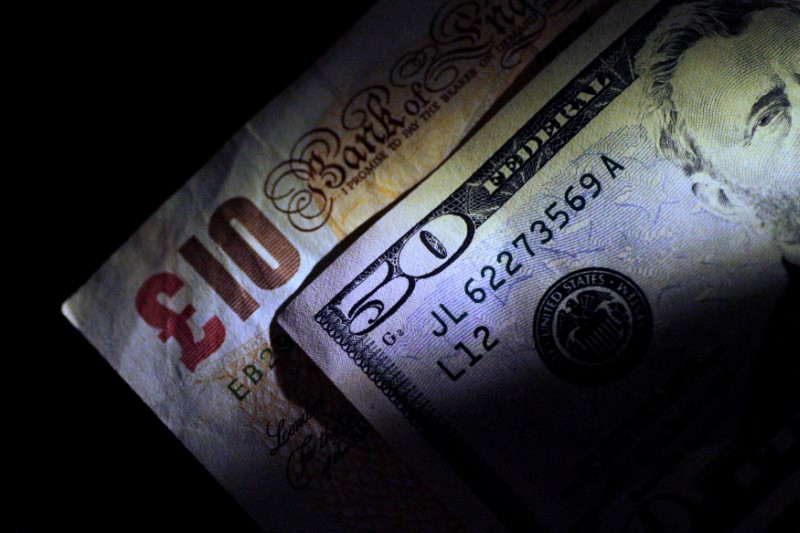Fubotv earnings beat by $0.10, revenue topped estimates
Investing.com - The U.S. dollar slipped lower Thursday, as the euphoria surrounding the U.S.-China trade deal waned and amid talk that the Trump administration is seeking a weaker currency.
At 04:40 ET (08:40 GMT), the Dollar Index, which tracks the greenback against a basket of six other currencies, fell 0.3% to 100.580, but was still on course for small gains this week.
Dollar faces more weakness?
The dollar received a boost earlier this week after the U.S. and China came to an agreement to pause the imposition of hefty tariffs, the first signs of a rapprochement between the two largest economies in the world after the start of a trade war at the beginning of April.
However, U.S. President Donald Trump’s aggressive and erratic trade policies have rattled investors’ confidence in the dollar, with the index still 7% lower year-to-date.
Weighing on the greenback Thursday is news that officials from South Korea and the U.S. met last week to discuss the dollar/won exchange rate.
This follows U.S.-Taiwan talks in Washington at the start of the month, and has prompted talk that the Trump administration is seeking a weaker currency.
“We doubt we will see any accord to deliver stronger currencies, but one can see why the speculation is there and may linger over the dollar for the next couple of months,” said analysts at ING, in a note.
Attention will soon turn to the release of the U.S. retail sales data later in the session, as this could offer clues on the health of the U.S. consumer, as well as a speech from Fed Chair Jerome Powell.
“If anything, the bounce back in long-term inflation expectations should keep him even more neutral than he has already been. His commentary looks unlikely to move the needle on market expectations of just 50bp in Fed cuts this year,” said ING.
Sterling higher after strong growth data
In Europe, GBP/USD rose 0.1% to 1.3274, with sterling boosted by the news that Britain’s economy grew more strongly than expected in the first quarter of 2025.
Between January and March, the economy accelerated to show growth of 0.7%, up sharply from an increase of 0.1% in the last three months of 2024, official data showed on Thursday.
In March alone, the economy grew unexpectedly, expanding by 0.2% from February, ahead of the expected flat reading.
“We quite like sterling at the moment,” said ING. “And next Monday sees the U.K.-EU summit, the first since Brexit. More discussion about U.K.-EU alignment should help the pound. With the dollar looking a bit vulnerable, GBP/USD looks biased to the 1.3360/3400 area short term.”
EUR/USD traded 0.2% higher to 1.1197, ahead of the release of the second reading of the equivalent growth data in the eurozone.
“We see EUR/USD trading in a 1.11-1.15 range over the coming weeks and months, although risks are skewed to the upside. 1.1265 is now decent intra-day resistance.”
Yen gains ahead of Q1 GDP
In Asia, USD/JPY traded 0.6% lower to 145.87, extending declines with Japan’s first-quarter gross domestic product data due on Friday.
USD/CNY traded 0.1% higher to 7.2129, in muted trading.
USD/KRW slumped 0.8% to 1396.43, after falling as much as 2%, following Bloomberg reporting that South Korea and U.S. officials discussed exchange rate policies at a meeting in early May.
